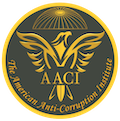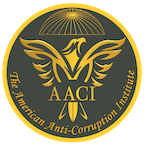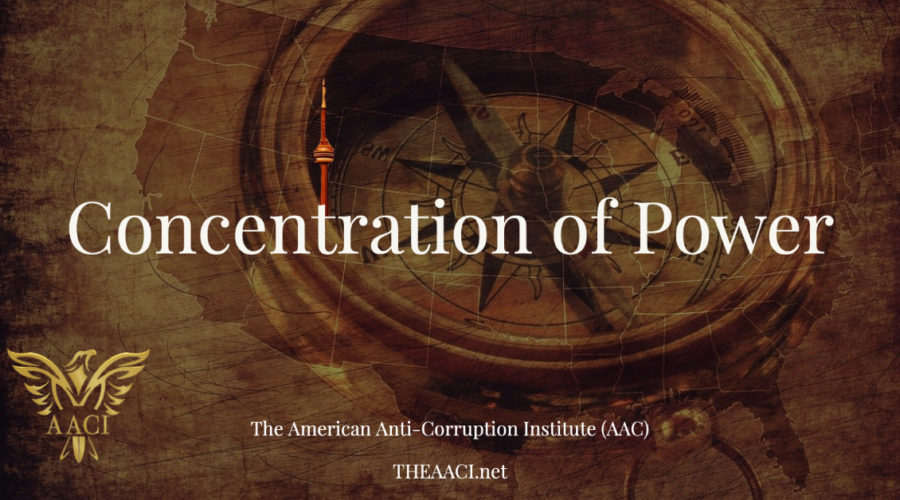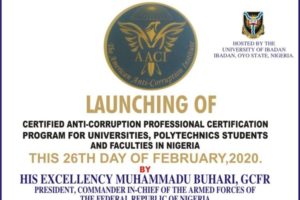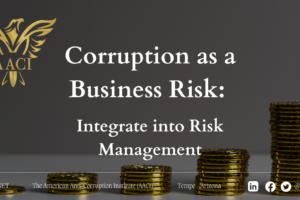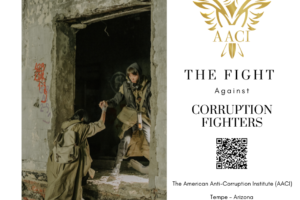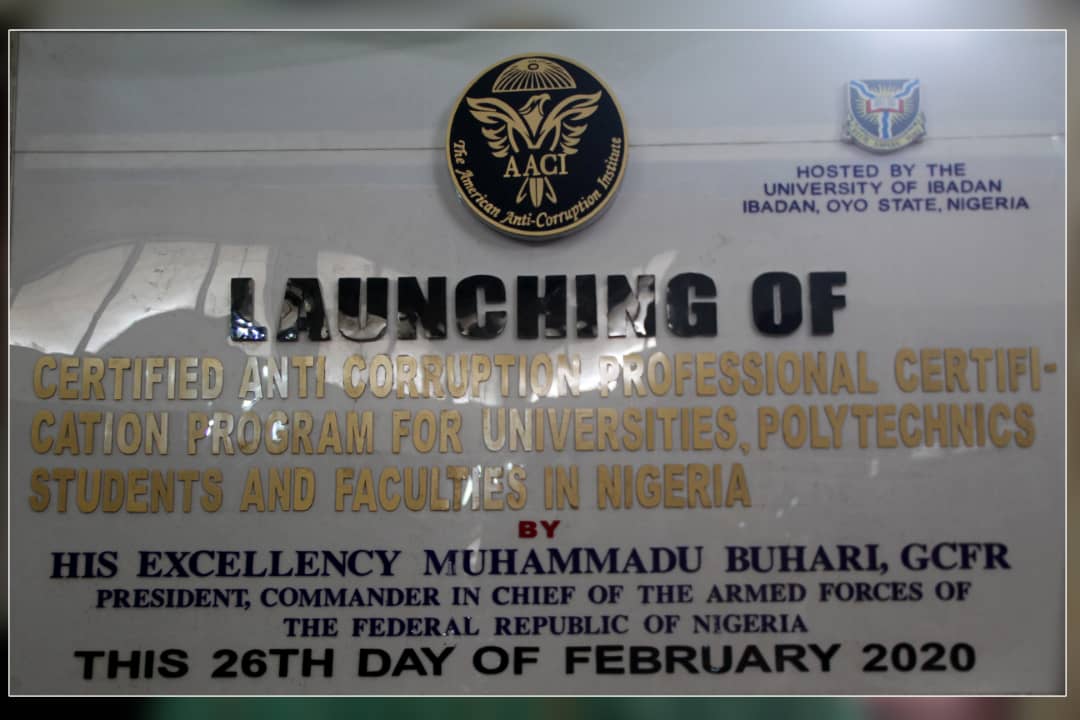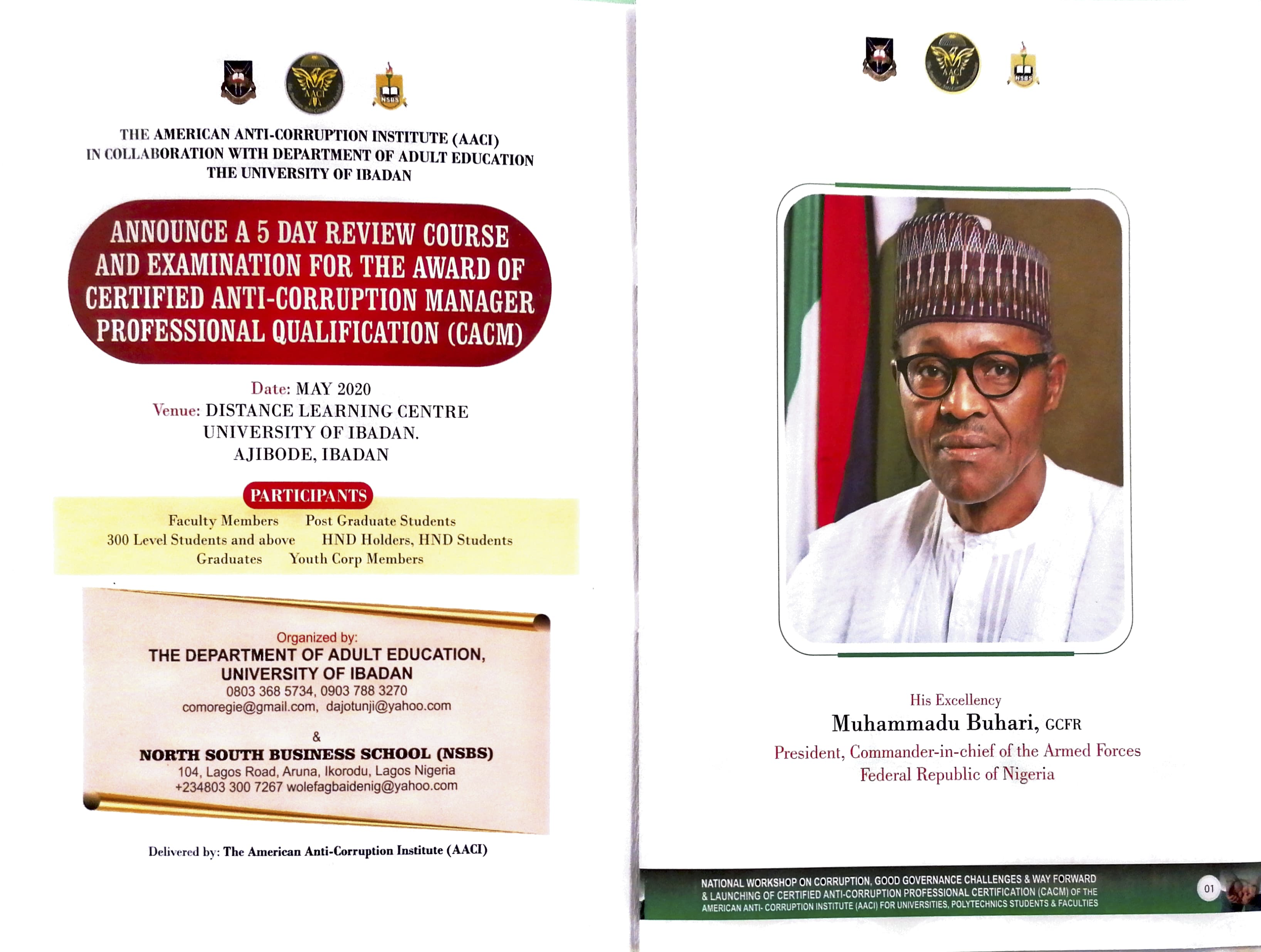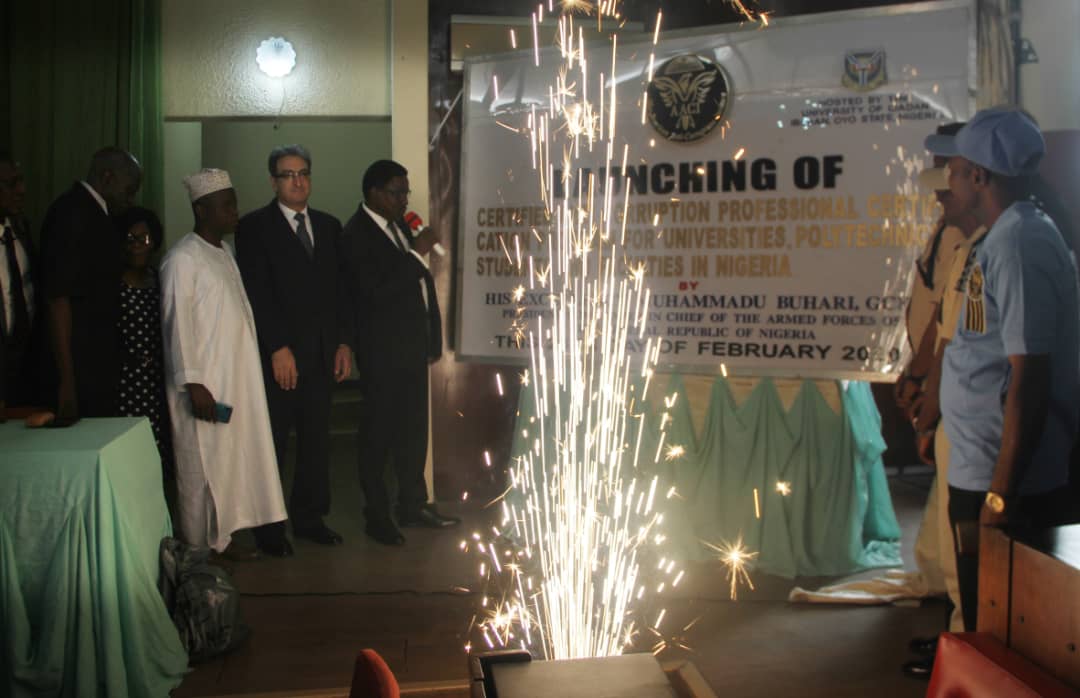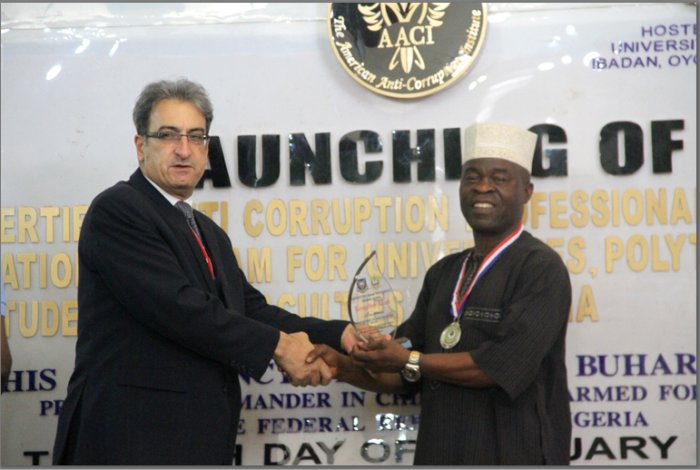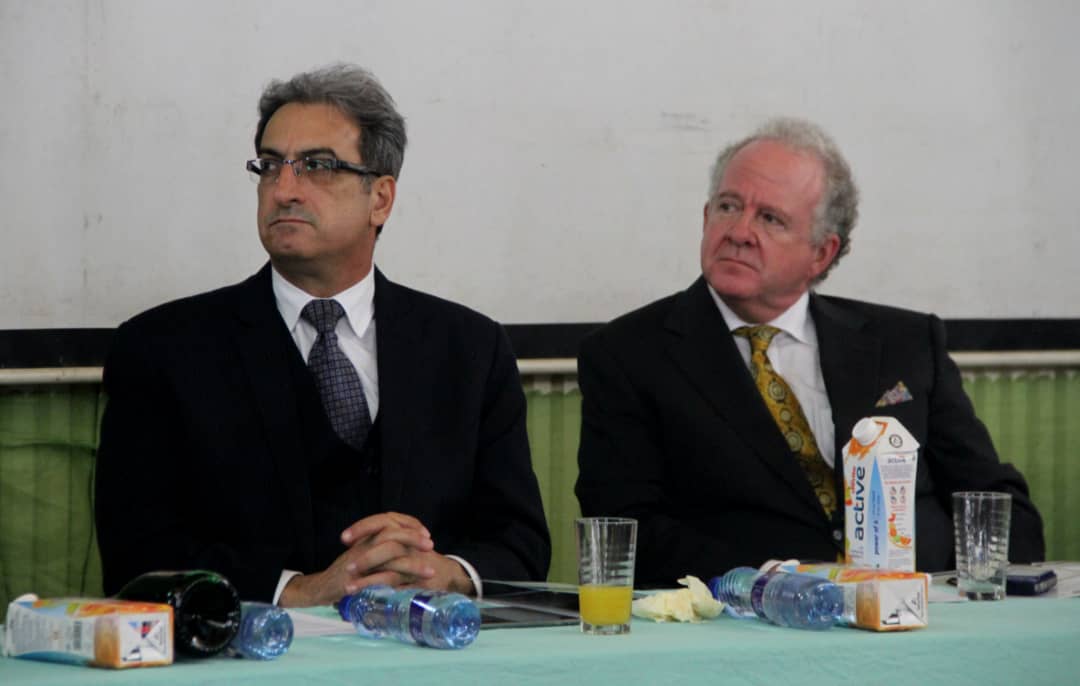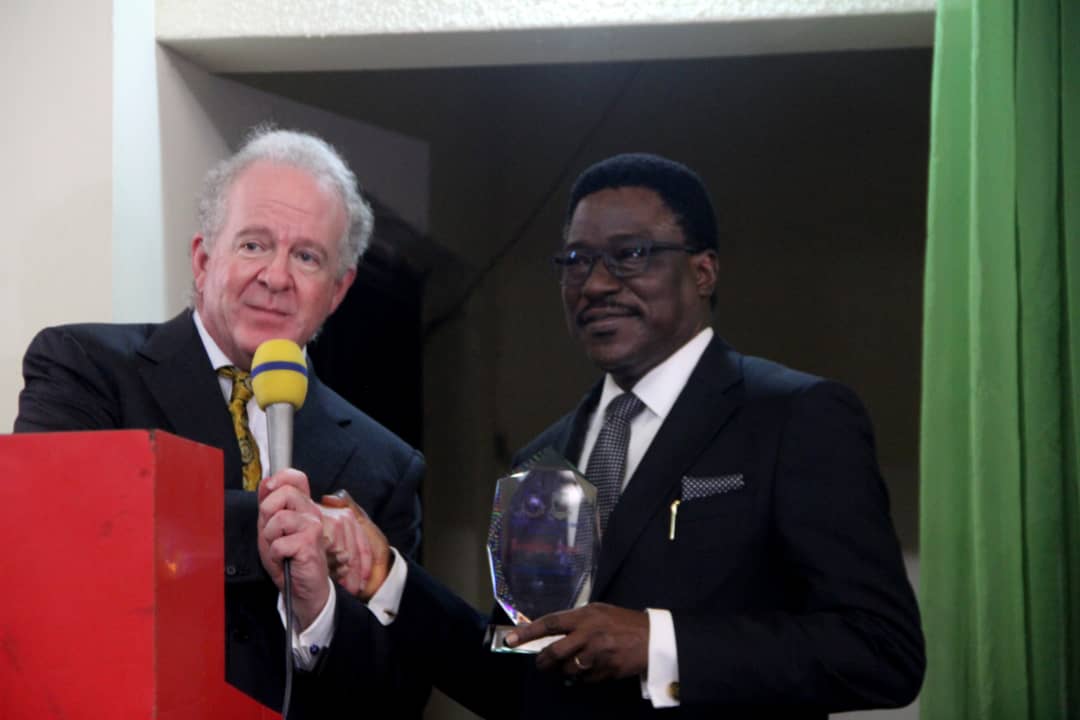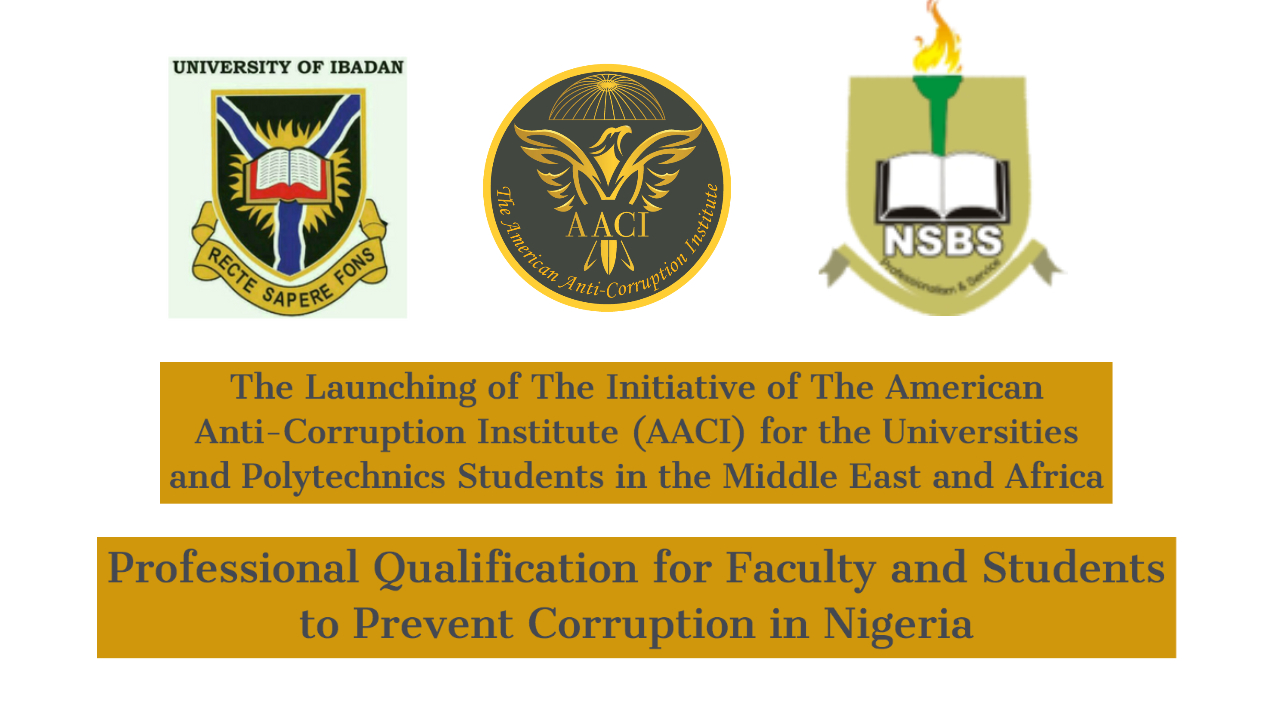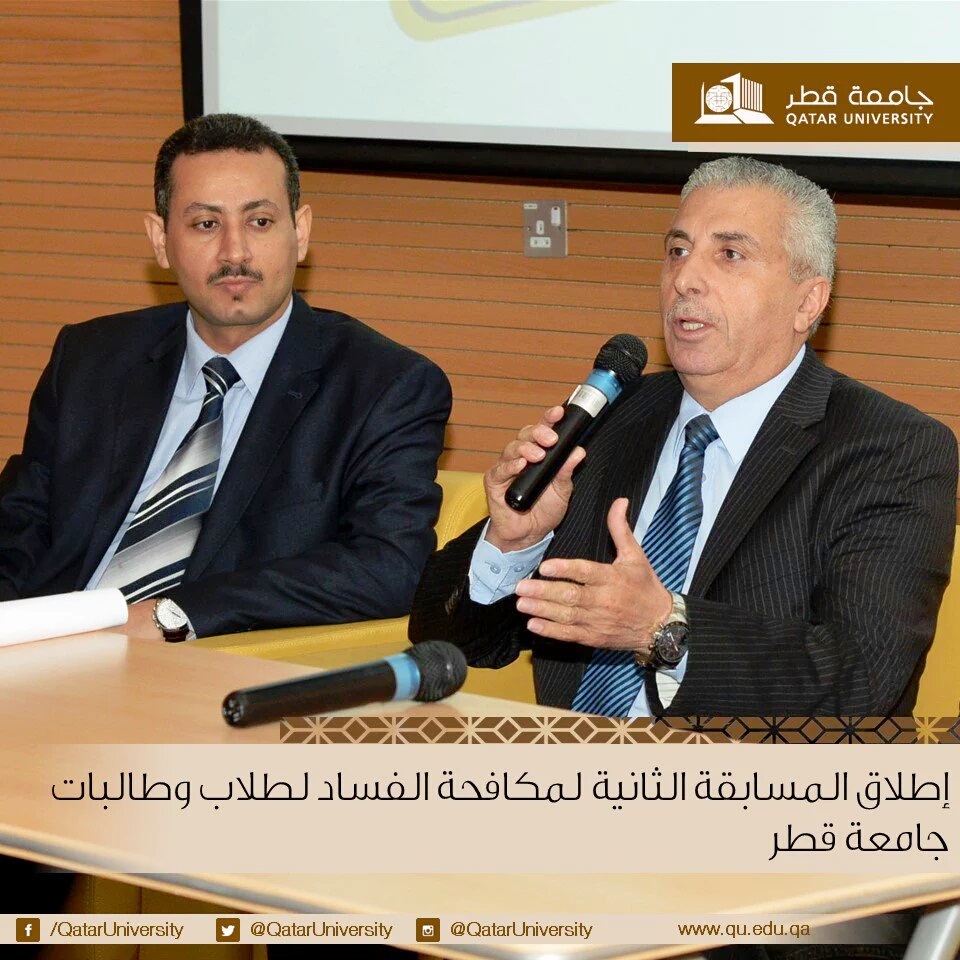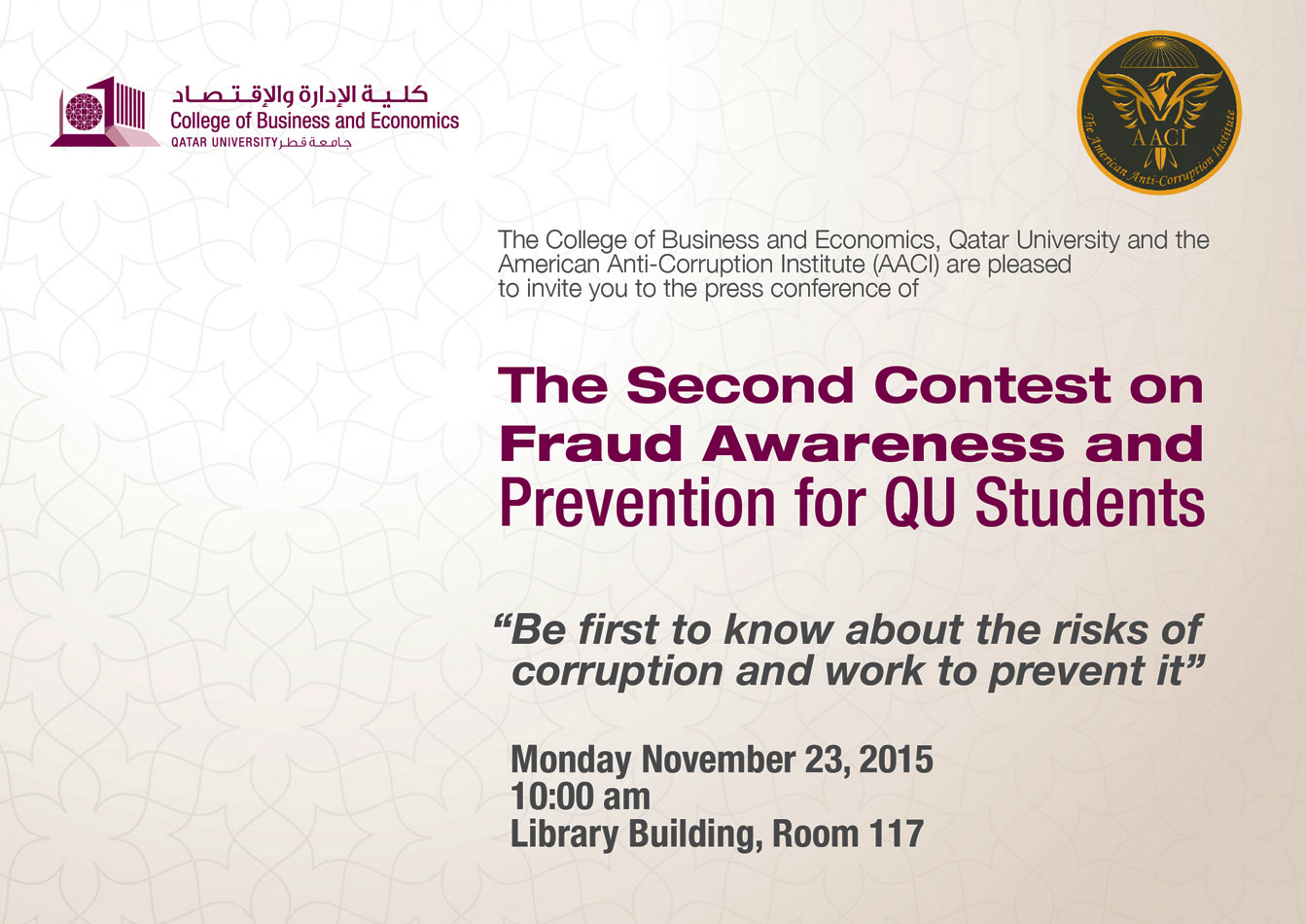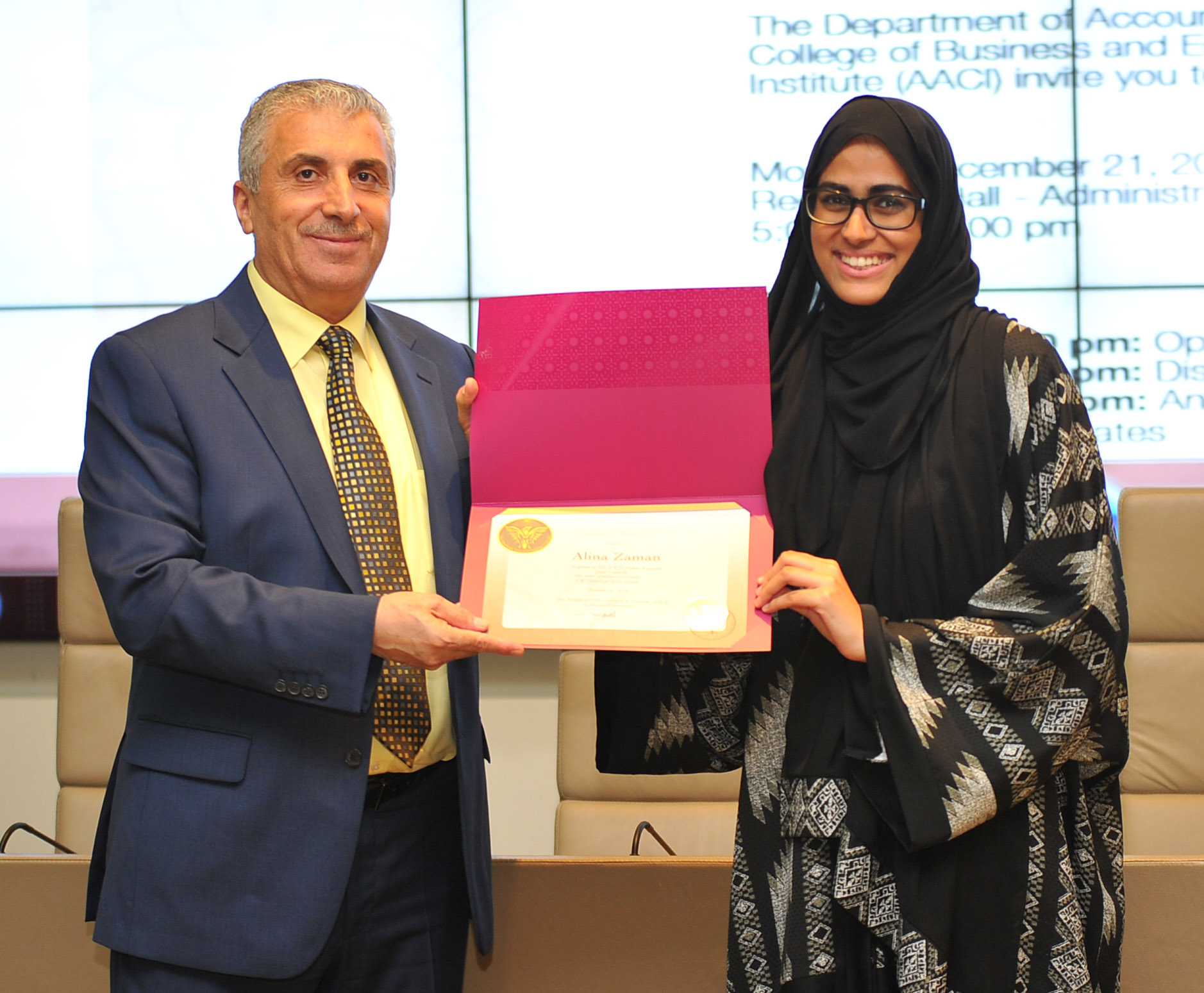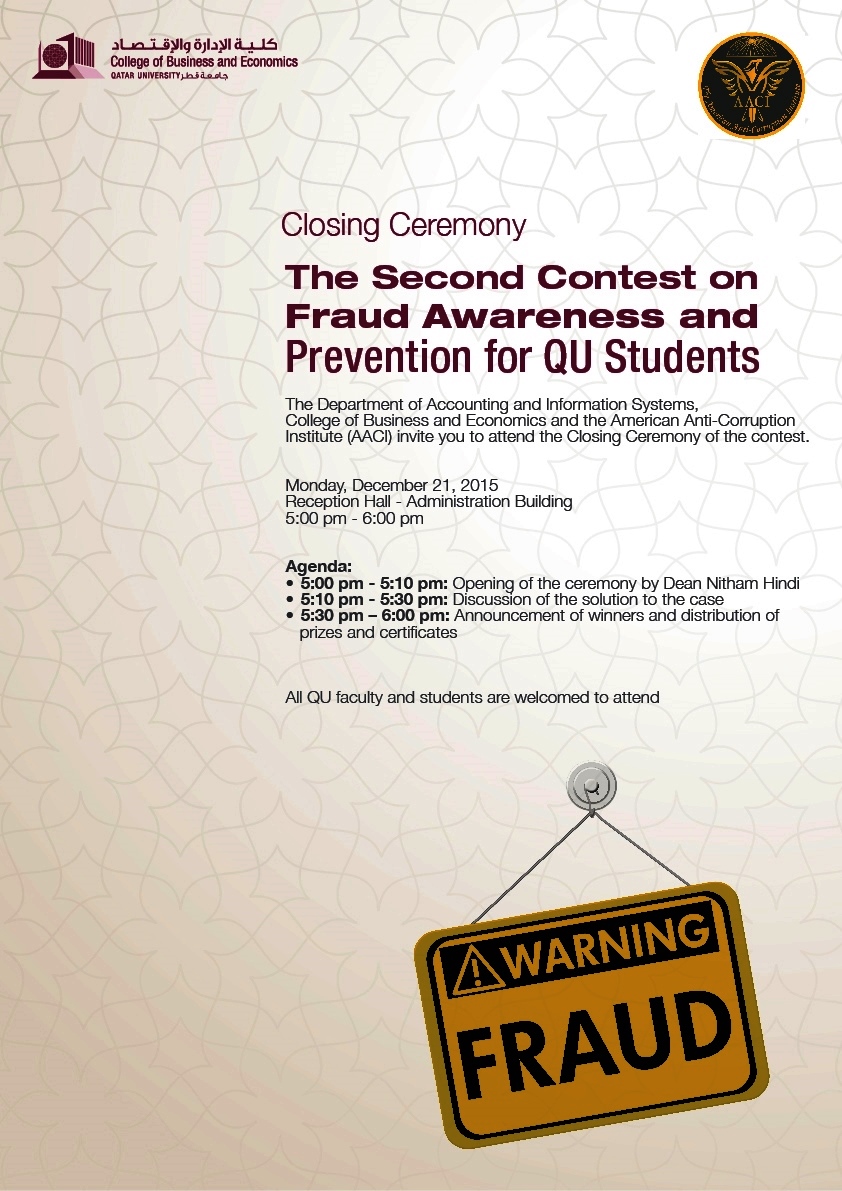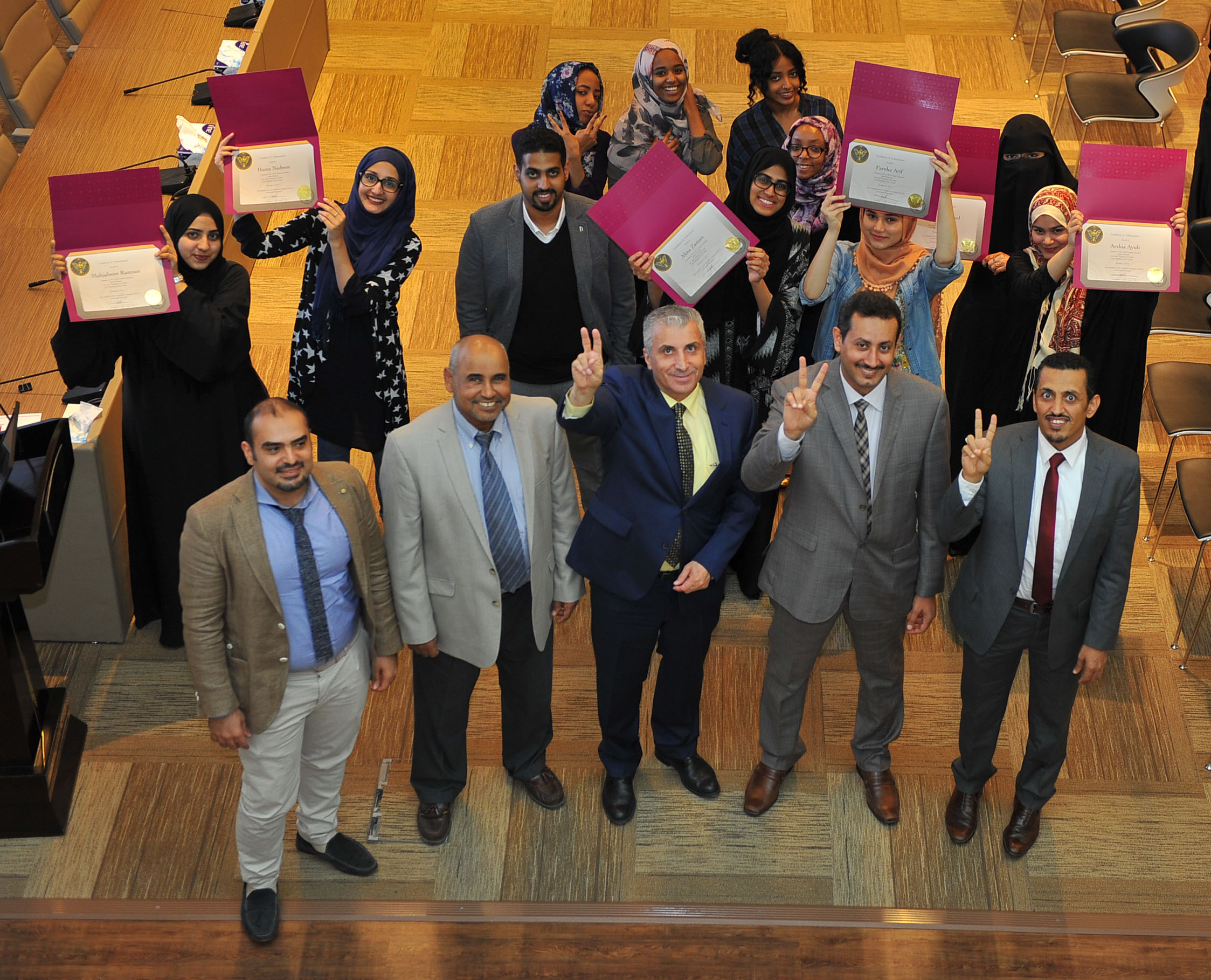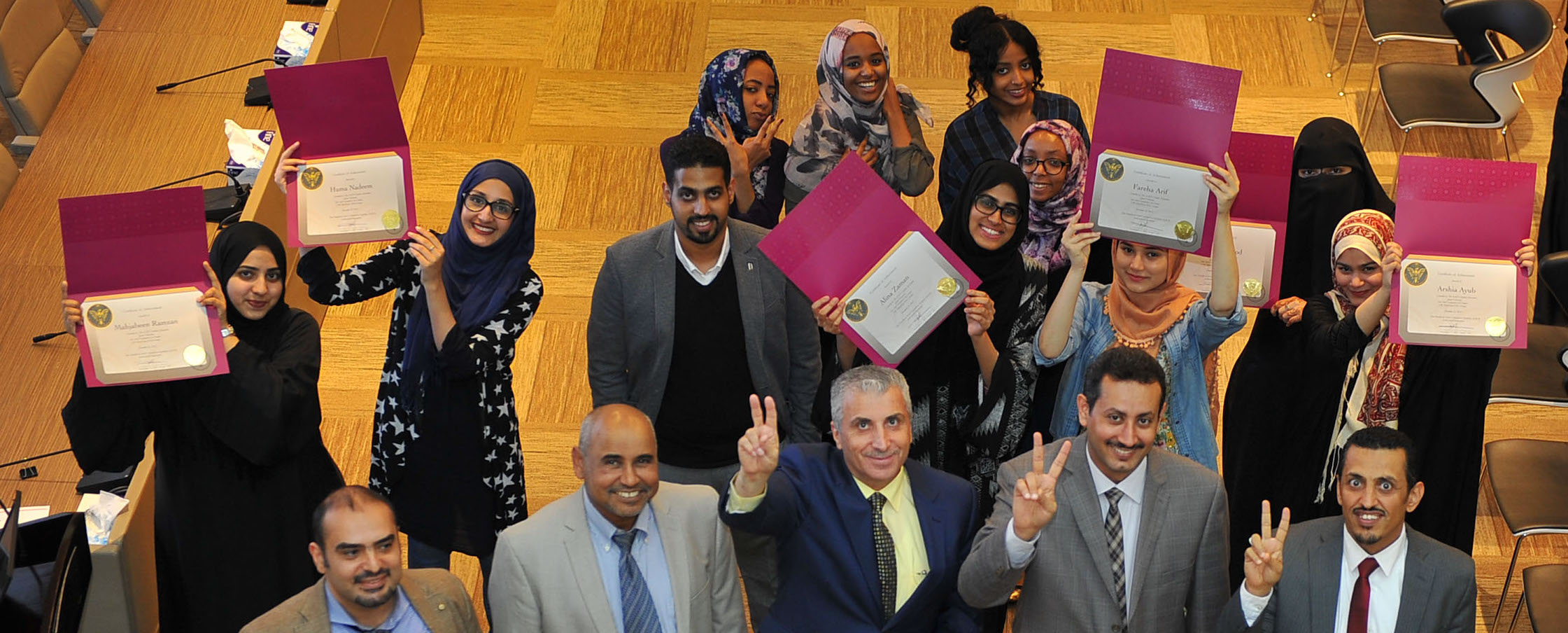February 27, 2021
Technical Staff
The American Anti-Corruption Institute (AACI) defines corruption as “Abuse of power or perceived power or entrusted authority for direct or indirect private monetary or nonmonetary gain.” [1]
This definition applies to all economic sectors and entities. It applies to private and public sectors and also applies to non-profit entities. The existence of power precedes corruption occurrence. Therefore if you do not have power, you will not (generally) lead or initiate a corrupt act. Perceived power means a power that others presume associated with those who are seemingly acting on behalf of those who actually having power. [2]
Therefore, there are concepts and mechanisms developed and implemented to avoid the abuse of power. Internal control, governance, and the rule of law are examples that are designed to ensure that, among other things, corruption risks are at acceptable low levels. The Ten Principles of Fighting Corruption are a prerequisite to lessen the concentration of power. But what do we mean by the concentration of power?

Checks and Balances
In a democracy, the branches of government are legislative, executive, and judiciary. A government of a democratic country is entrusted with the people’s power – the constitution – to achieve the best possible socio-economic sustainable performance, among other objectives. Principle number five of the Ten Principles of Fighting Corruption: Power and Accountability states that there must be a proper and adequate match between power and accountability [3]. The total power is allocated between the three branches of the government so that each branch functions under the proper supervision of others. The presumption is that each branch of the government is independent in appearance and in fact and functions with a real free will.
Autocracies
In totalitarian regimes, a dictator or his cult governs his country where the power is consolidated in his hands. Regardless of the forms, names, and extent of the governance mechanisms used, one should not be fooled with words such as “reforms”, “modernization”. “anti-corruption commission”, “independence of the judiciary”, “free and fair elections”, or any other deceiving progressive slogans. Corruption is embedded in autocracies. Corruption is used as a tool of governance and control.
Fighting corruption and autocracies do not coexist. The international community should not tolerate dictatorships anymore. Countries that do not observe human rights and do not abide by the Ten Principles of Fighting Corruption jeopardize their sustainable development and existence.
[1] The Exam Unit of The American Anti-Corruption Institute LLC, Certified Anti-Corruption Manager (CACM) Review Textbook, (Tempe – USA, The Exam Unit, 2020), Page 169.[2] Ibid.
[3]The Exam Unit of The American Anti-Corruption Institute LLC, Certified Anti-Corruption Manager (CACM) Review Textbook, (Tempe – USA, The Exam Unit, 2020), Pages 36-37.
